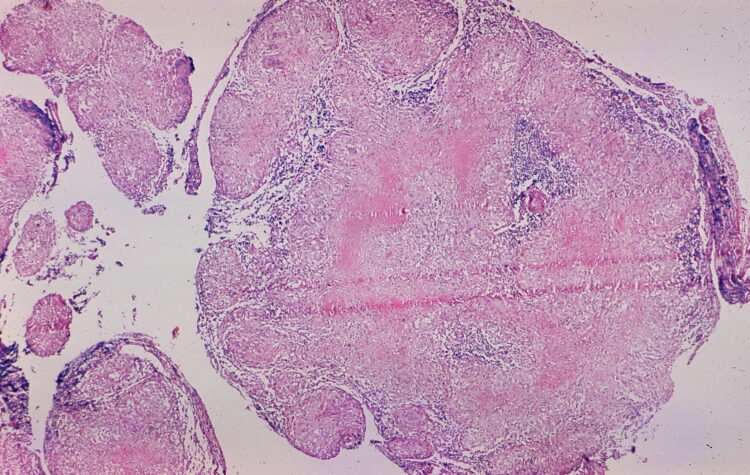Definition:
Myopia, commonly known as near-sightedness, is a refractive error of the eye where distant objects appear blurry, while close objects can be seen clearly. It occurs when the eyeball is too long or the cornea is too curved, causing light rays to focus in front of the retina instead of directly on it. Myopia can be corrected with glasses, contact lenses, or refractive surgery.
Etymology & Origin:
The term “myopia” originates from the Greek words “myōpia,” derived from “myein,” meaning “to close” or “to shut,” and “ops,” meaning “eye.” It reflects the condition’s characteristic of seeing near objects clearly while distant objects appear blurred. Myopia has been recognized since ancient times, with references found in Greek and Roman writings.
Examples:
- Difficulty reading road signs or seeing distant objects clearly.
- Dependence on glasses or contact lenses to correct near-sightedness.
- Increased risk of eye health problems such as retinal detachment and glaucoma associated with high myopia.



